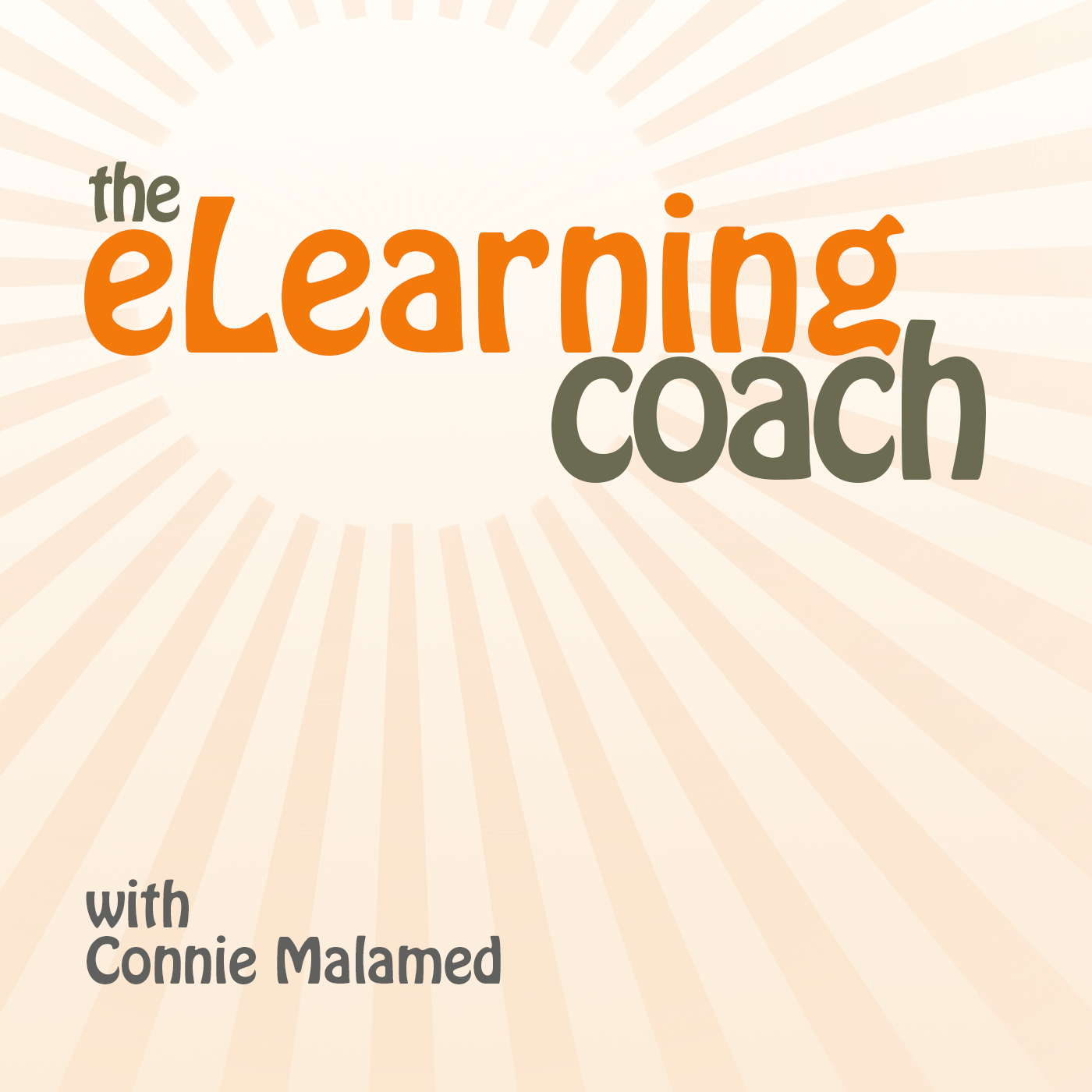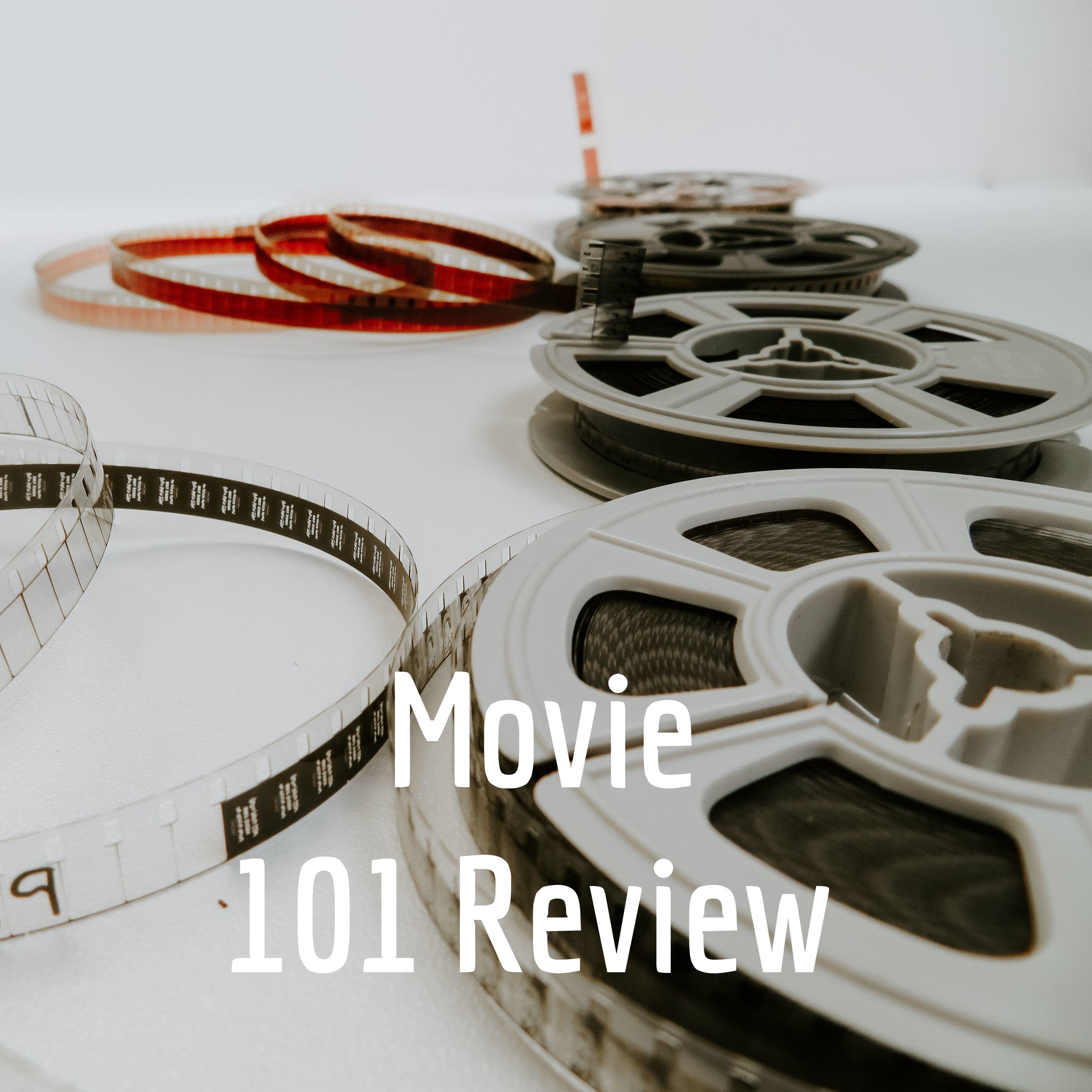
Designing with Love
Hosted by Grand Canyon University (GCU) adjunct instructor and professional instructional designer Jackie Pelegrin, this podcast explores instructional design, e-learning, and how to incorporate AI technology into different aspects of your work. Tune in for expert tips, real-world insights, and inspiring stories from students, alumni, and leaders in the field.
Designing with Love
Backward Design: Start with the End in Mind
Have you ever created a learning experience that left you wondering whether your learners truly understood the point? Backward Design might be the solution you've been seeking. This transformative approach flips the traditional instructional design process on its head by starting with clear learning outcomes before planning activities or selecting content.
Throughout this episode, I break down each stage with practical examples, like designing customer service training where representatives learn to de-escalate complaints using a specific conflict resolution model. You'll discover how Backward Design helps you avoid common pitfalls like content overload and misaligned assessments. When we design with the end in mind, we create more meaningful learning journeys that lead to genuine understanding rather than mere content consumption.
Whether you're a novice instructional designer, an experienced educator, or just curious about creating more effective learning experiences, this episode provides concrete strategies you can implement immediately. As Stephen Covey reminds us, "Begin with the end in mind." Because when we design backwards, we're truly designing forward for impact, growth, and lasting transformation. Ready to rethink your approach to design? Join me in this enlightening exploration of Backward Design.
🔗 Episode Links:
Please check out the resources mentioned in the episode. Enjoy!
Understanding by Design Framework
Join PodMatch!Use the link to join PodMatch, a place for hosts and guests to connect.
Disclaimer: This post contains affiliate links. If you make a purchase, I may receive a commission at no extra cost to you.
💟 Designing with Love + allows you to support the show by keeping the mic on and the ideas flowing. Click on the link above to provide your support.
☕ Buy Me a Coffee is another way you can support the show, either as a one-time gift or through a monthly subscription.
🗣️ Want to be a guest on Designing with Love? Send Jackie Pelegrin a message on PodMatch, here: Be a guest on the show
🌐 Check out the show's website here: Designing with Love
📱 Send a text to the show by clicking the Send Jackie a Text link above.
👍🏼 Please make sure to like and share this episode with others. Here's to great learning!
Hello and welcome to the Designing with Love podcast. I am your host, Jackie Pelegrin, where my goal is to bring you information, tips and tricks as an instructional designer. Hello, GCU students, alumni, and fellow educators, welcome to episode 47 of the Designing with Love podcast. In today's episode, we're diving into a concept that flips the traditional design process on its head backwards design. If you're a novice instructional designer, or even just curious about the process, this episode is for you. So grab a coffee, get cozy, and let's design with love.
Speaker 1:Backwards design is a framework that starts with the end in mind. Rather than beginning with content or fun activities. You start by identifying what you want learners to understand or be able to do by the end of your course or training. The model was popularized by Grant Wiggins and Jay McTee in their book Understanding by Design, published in 2005. The model has three key stages Identify desired results, determine acceptable evidence and plan learning experiences and instruction. Let's take a few minutes to unpack each of these stages. Stage one identify desired results. This stage is all about answering the following question what should learners know, understand and be able to do at the end of this learning experience? During this stage, it is a good idea to ask yourself the following questions what are the learning goals or objectives? What are the essential things learners need to understand and what big ideas should learners retain long after the course ends? For example, if you're designing a training for customer service representatives, the desired result might be as follows Representatives will be able to de-escalate customer service complaints using a three-step conflict resolution model. This becomes your guide, the goal. You'll design everything else around.
Speaker 1:Stage two determine acceptable evidence. All right, so, now that you know the destination, how will you know if your learners get there? This stage is about assessments, both formative and summative. However, it's not just about quizzes or tests. Think about role plays, simulations, projects or real-life tasks that show learners truly understand and can apply what they have learned. Let's go back to our customer service example. Some acceptable forms of evidence could be as follows. Acceptable forms of evidence could be as follows A video recording of a mock customer interaction or a written reflection on how the three-step model was applied. This stage ensures you're not just teaching the content, but preparing learners to demonstrate mastery in meaningful ways.
Speaker 1:Stage three plan learning experiences and instruction. Here's where you finally get to plan your lessons and activities. No-transcript. Now that you know your goals and your assessments, you can ask the following what knowledge and skills do learners need to succeed on those assessments? What instructional strategies, resources or technologies support the learning? And what activities will make the learning stick?
Speaker 1:Designing backwards keeps the learning focused, intentional and aligned. If you're new to instructional design, it's tempting to start with what's fun, such as videos, games, tools and slides. But the power of backwards design is that it grounds you in purpose first. This approach helps you to do the following Number one stay aligned with learning outcomes. Number two avoid content overload. Number three learning outcomes. Number two avoid content overload. Number three build meaningful assessments. And finally, number four create a more impactful learner-centered experience. When you designed with the end in mind, you're not just throwing content at learners. You're guiding them on a journey toward real understanding. So if you're just getting started, remember start with the why, then figure out the how.
Speaker 1:As a recap, we covered what backwards design is, a breakdown of the three stages in the model and why backwards design matters in instructional design. You're welcome to check out the interactive diagram that covers the key details covered in this episode, which is provided in the show notes. In addition, you can visit the companion blog site for more details and to leave a comment about how you have utilized this model in your projects. Now, if today's episode has helped bring some clarity or inspiration to your instructional design journey, please share the episode with a friend or colleague who is just starting out. Chances are they're navigating the same questions. The content in this episode might just be the encouragement they need.
Speaker 1:As I conclude this episode, here's an inspiring quote by Stephen Covey Begin with the end in mind, because when we design backwards, we're really designing forward For impact, for growth and always for love. Thank you for taking some time to listen to this podcast episode today. Your support means the world to me. If you'd like to help keep the podcast going, you can share it with a friend or colleague, leave a heartfelt review or offer a monetary contribution. Every act of support, big or small, makes a difference and I'm truly thankful for you.
Podcasts we love
Check out these other fine podcasts recommended by us, not an algorithm.

Buzzcast
Buzzsprout
Podcasting Made Simple
Alex Sanfilippo, PodMatch.com
The eLearning Coach Podcast
Connie Malamed: Helps people build stand-out careers in learning design.
Dear Instructional Designer
Kristin Anthony
The Visual Lounge
TechSmith Corporation
Wake Up the Lions!
Rory Paquette
The Way I Heard It with Mike Rowe
The Way I Heard It with Mike Rowe
Book 101 Review
Daniel Lucas
Movie 101 Review
Daniel Lucas And Bob LeMent
Mental Health 101
Daniel Lucas/G.Mick Smith
LOVE Letters
Daniel Lucas
The WallBuilders Show
Tim Barton, David Barton & Rick Green
